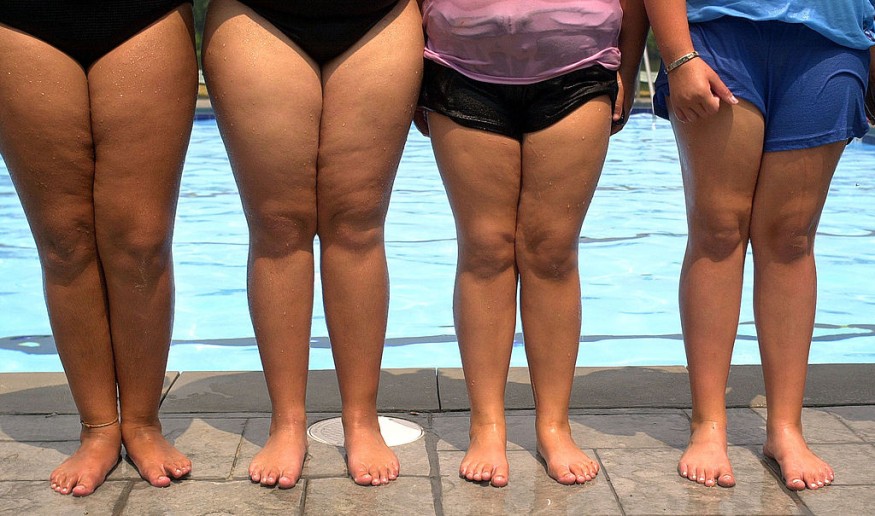Increased physical activity has long thought to be beneficial for weight loss, including for children. Whether these activities be in the form of either walking, exercising, or doing household chores, engaging in physical work evidently brings a variety of health factors, including improved mental, metabolic, respiratory, muscular, and cardiovascular health.
Still, this is not always the case based on evidence.
A Norway-based study recently revealed that there is no significant correlation between increased physical activity and fat loss amongst girls.
Its research team indicated that girls do not lose body fat from being more physically active.
However, the team found these factors are linked for boys.
The findings confirmed that physical activity affects the weight loss journey of boys and girls differently.
In particular, the Norwegian study postulated that the more a body is large and heavy, it requires more effort when exercising. Since a boy's body is relatively larger than girls, an increased body fat amongst the young males decreases physical activity.
Meanwhile, there is also no mutual relationship between the amount of fat and the young females' body.
The new research did not reportedly investigate the cause or biological mechanisms behind their findings.
Instead, the study's authors only linked the physical and behavioral factors regarding the disparity of fat loss and its biological sex impact amongst children.
In this context, further research may be required to determine whether sex-driven genetic factors could be involved in the said differences.
Physical Activity and Fat Loss

In a university release on July 28, Norwegian SciTech News announced that the study enrolled participants consisting of males and females aged between 6 and 14 years old, with their body composition to be the main criteria rather than their weight and height.
Researchers from the Norwegian University of Science and Technology (NTNU), which owns the research website Norwegian Sci Tech News, examined the participants in a span of two years.
Childhood Overweight and Obesity
The Centers for Disease Control and Prevention (CDC) considers childhood obesity as a "serious health problem" across the United States, where one out of five children and adolescents are affected.
The CDC states that some child groups are more affected than others but emphasized all children are vulnerable to gaining weight, which is higher than what is considered to be healthy or normal.
The metrical mechanisms of childhood overweight and childhood obesity are similar to those of adults.
They are primarily based on the amount of excessive fat and weight of the body. This is measured through the body mass index (BMI) which accounts for age and sex of a person.
A Growing Global Health Issue
The World Health Organization (WHO) estimated that 39 million children under 5 years old were either overweight or obese back in 2020 and more than 340 million children and adolescents aged 5 to 19 were overweight or obese in 2016.
The WHO defines overweight and obesity as a health state where there is an abnormal or excessive fat accumulation, resulting in the impairment of health.
Related Article: Brown Fat, Which Burns Energy, Is Less Active in Obese Guys
© 2025 NatureWorldNews.com All rights reserved. Do not reproduce without permission.





